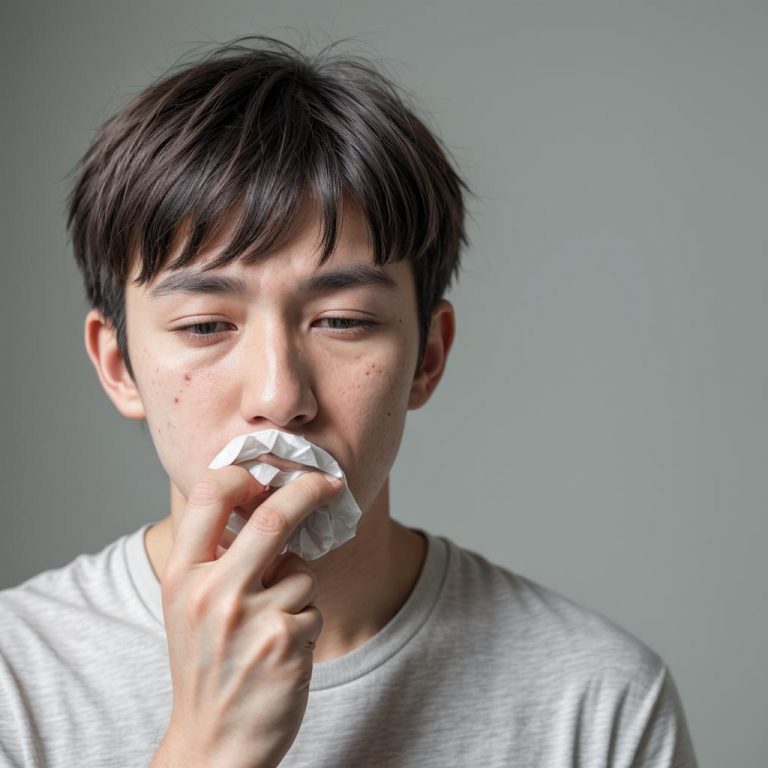
Austin, Texas, renowned for its vibrant music scene, eclectic culture, and picturesque landscapes, is also home to a less glamorous feature: high allergy levels.
For many residents and visitors, seasonal allergies can significantly impact their quality of life. Understanding the causes, symptoms, and coping mechanisms for allergies in Austin is essential for maintaining health and well-being.

Causes of allergies in austin
Austin’s allergy levels are primarily influenced by environmental factors such as pollen, mold spores, and air pollution. Pollen from trees, grasses, and weeds is a major allergen, with cedar fever being a notorious issue in the region. Cedar trees release large amounts of pollen during the winter months, triggering allergic reactions in many individuals.
Additionally, mold spores thrive in the warm and humid climate of Austin, especially after periods of rainfall. Mold can be found both indoors and outdoors, exacerbating allergy symptoms for those sensitive to it.
Air pollution, although less discussed in the context of allergies, can also worsen symptoms. Particulate matter and other pollutants can irritate the respiratory system, making individuals more susceptible to allergic reactions.
Symptoms of allergies
Common symptoms of allergies in Austin include:
Sneezing
Runny or congested nose
Itchy, watery eyes
Coughing
Wheezing
Fatigue
For individuals with asthma, allergies can trigger or exacerbate asthma symptoms, leading to difficulty breathing and chest tightness.
Monitoring allergy levels
To help residents and visitors manage their allergies, various organizations in Austin provide allergy forecasts. These forecasts typically include information on pollen counts, mold spore levels, and air quality indices. By staying informed about current allergy levels, individuals can take proactive measures to minimize their exposure to allergens.
Coping mechanisms
While it may be challenging to completely avoid allergens, several strategies can help alleviate symptoms:
Limit Outdoor Activities: On days when allergy levels are high, consider reducing time spent outdoors, particularly during peak pollen hours in the morning and early evening.
Use Air Purifiers: Indoor air purifiers can help remove allergens such as pollen and mold spores, providing relief for allergy sufferers.
Keep Windows Closed: To prevent pollen from entering your home, keep windows and doors closed, especially on windy days.
Clean Regularly: Regular cleaning, including vacuuming carpets and dusting surfaces, can help reduce indoor allergens.
Medication: Over-the-counter or prescription allergy medications, such as antihistamines and nasal sprays, can provide relief from symptoms. Consult with a healthcare professional to determine the most suitable treatment plan.
Allergen Immunotherapy: For individuals with severe allergies, allergen immunotherapy (allergy shots or sublingual tablets) may be recommended to desensitize the immune system to specific allergens.
Living with allergies in Austin requires awareness, preparation, and proactive management. By understanding the causes of allergies, monitoring allergy levels, and implementing coping mechanisms, individuals can better navigate allergy seasons and enjoy all that the Texas capital has to offer. Whether it’s seeking refuge indoors on high pollen days or investing in air purifiers, taking steps to minimize allergen exposure can make a significant difference in quality of life for allergy sufferers in Austin.



